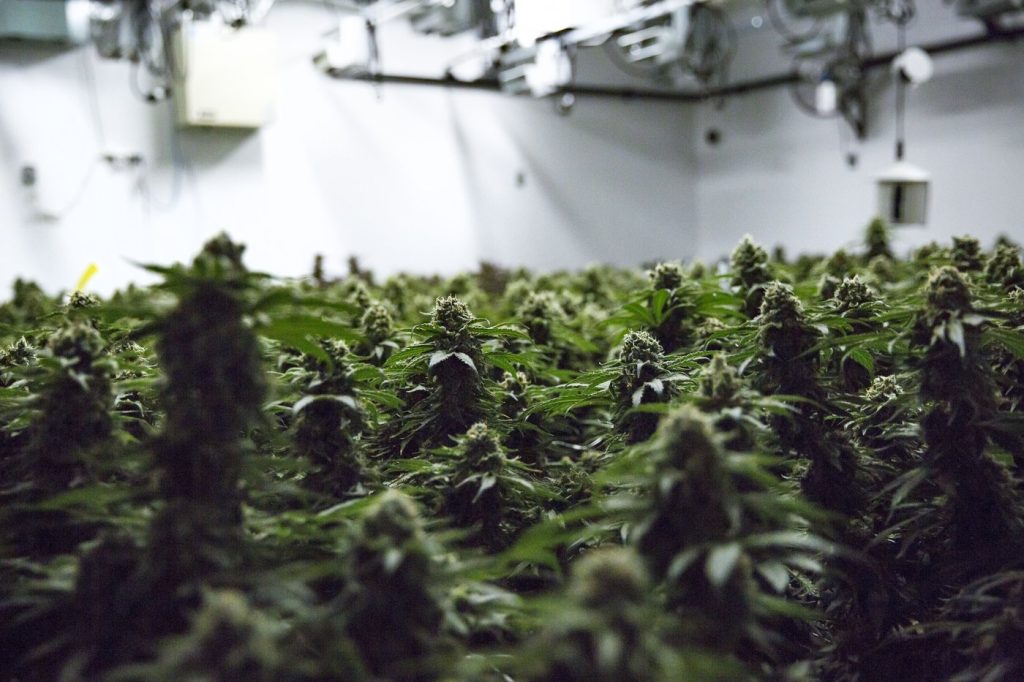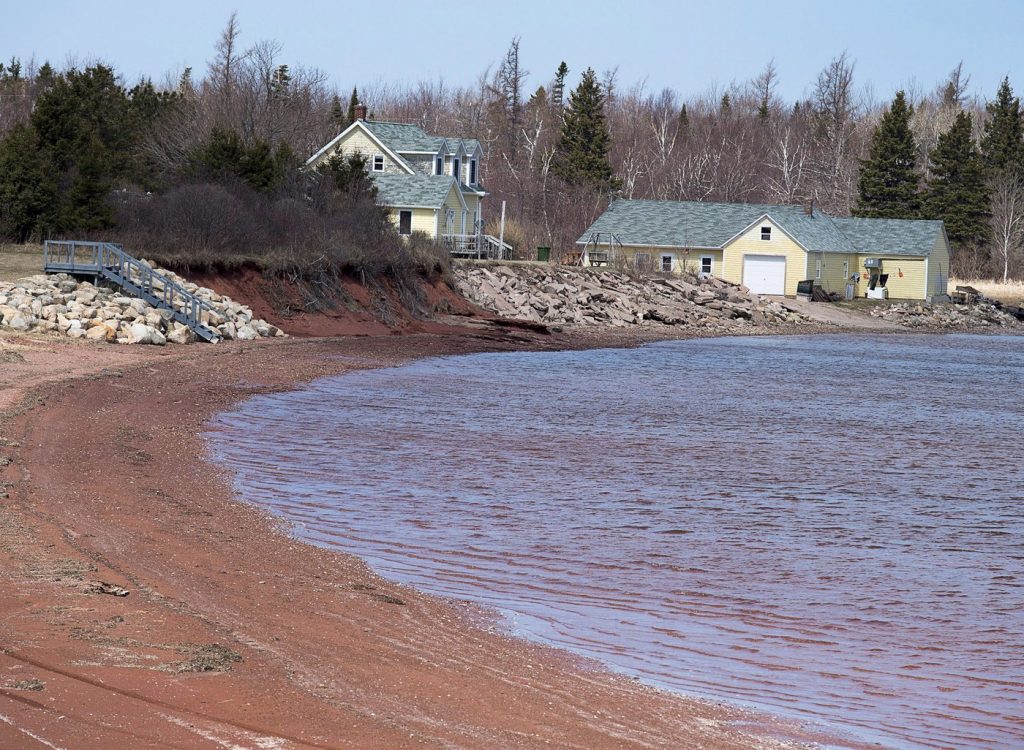Editorial Roundup: Wisconsin
Posted May 22, 2024 02:52:53 PM.
Last Updated May 22, 2024 03:02:58 PM.
Eau Claire Leader-Telegram. May 20, 2024.
Editorial: Cannabis prank raises a serious point
Every state has its share of bizarre stories, but one from the Wisconsin statehouse might rank the highest on this year’s list.
Someone appears to have decided “yes we cannabis” and planted a large amount of plants in the capitol’s tulip garden. Botanists said they can tell they’re cannabis but not whether they were hemp or marijuana.
The difference between the two isn’t aesthetics. They look the same. Marijuana is grown for its THC content. Without that, you can smoke a joint the size of a telephone pole and all you’re likely to get is a headache of similar magnitude.
For hemp, the value lies in the plant fibers, which can be made into quite a range of materials. Cloth, rope, even paper can be made from the fibers when they’re treated and processed.
Experts said this was no accident. There was just too much of the plant for that. The question, then, is what the point was. We may well never know that, unless someone decides to come forward and claim the stunt as their own.
We can think of a couple reasonably good excuses for pulling something like this. The Legislature’s failure to pass medical marijuana legislation despite bipartisan support for the most recent bill comes to mind. But we’re going to take a different approach here.
Hemp was a major cash crop for the United States for generations and, frankly, it should be again. The U.S. Hemp Industries Association isn’t exactly an unbiased source, but several of their claims do indeed check out. That includes the fact George Washington and Thomas Jefferson grew hemp. It was so important that it was actually required of farmers during the late colonial era and the early years after the American Revolution.
The Marijuana Tax Act of 1937 slammed on the brakes for hemp production. World War II briefly created a surge, since hemp was needed for naval ropes. That ended after the war and, by 1970, the federal government no longer acknowledged any difference between marijuana and hemp.
That’s changing, but slowly. The USDA’s National Agricultural Statistics Service now tracks hemp production, which was once again allowed under the 2018 Farm Bill. It’s still highly restricted, but progress is real.
A report last month showed Florida is the biggest current producer. Wisconsin is in the high-middle range, behind a few states but well ahead of traditional hemp powerhouses like Missouri.
Why are we interested in seeing national hemp production rise? We think there’s a real argument to be made for its industrial uses. Hemp rope has a high strength and a resistance to degradation — that’s why navies around the world used it during the age of sails. Building materials, including fiber board and thermal insulation, have been developed. France is even experimenting with it in concrete.
Hemp is also a fast-growing crop. With wood products, you’re waiting years — if not decades — for anything to be near usable. That’s not the case for hemp. You can go from planting to processing in months.
We see this as a win-win situation for everyone. Farmers get a robust, dependable crop. Industrial uses have access to a high-quality fiber. There’s even a national security angle. Sure, the Navy uses metal for most applications and no longer uses sail power, but ropes remain used in a surprising range of activities.
Was all this on the minds of the people who scattered the seeds in the tulip garden? We doubt it. If this was a prank, though, it does raise the opportunity to address a serious but rarely-discussed point for the nation’s agriculture.
END
The Associated Press








